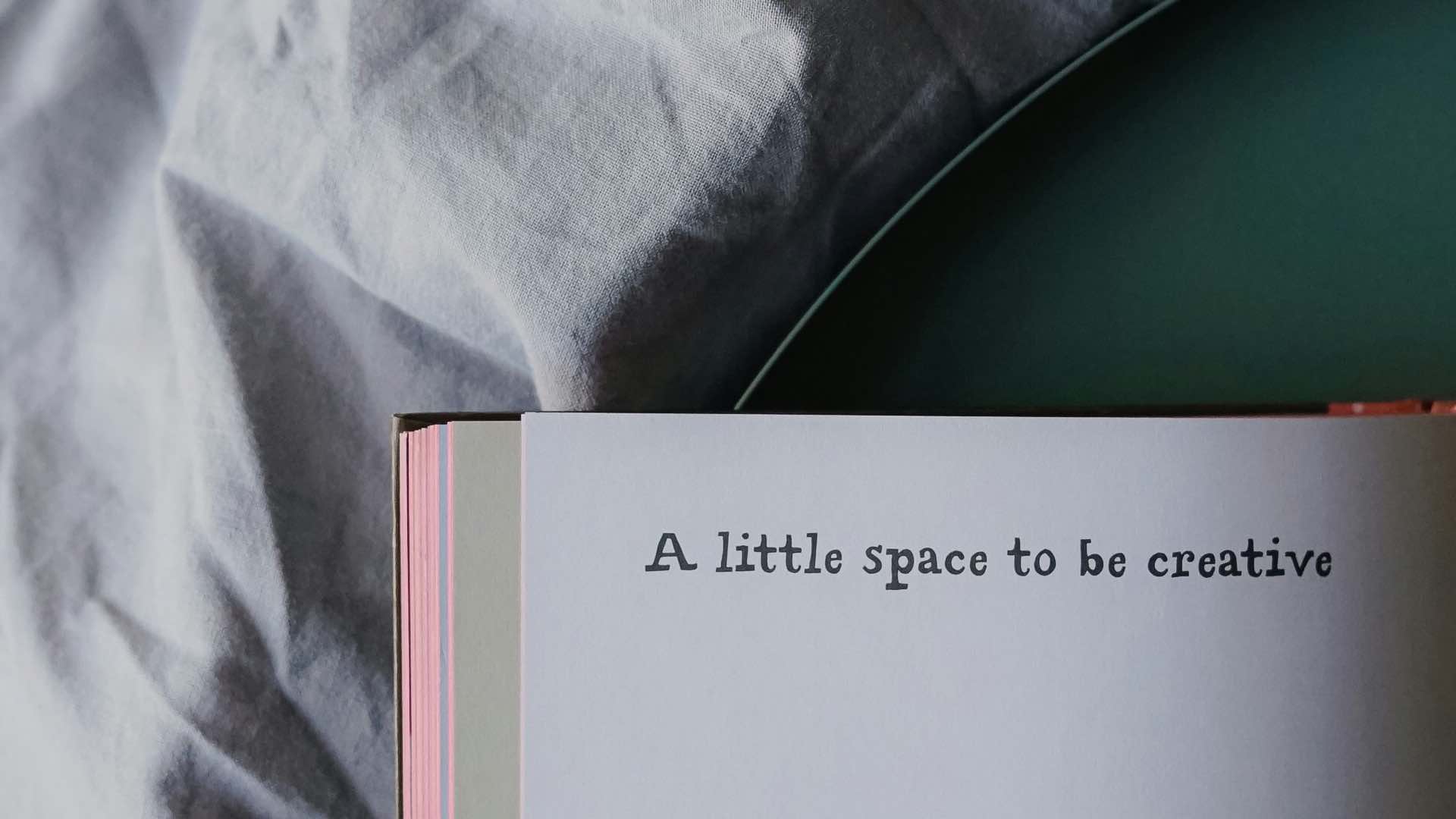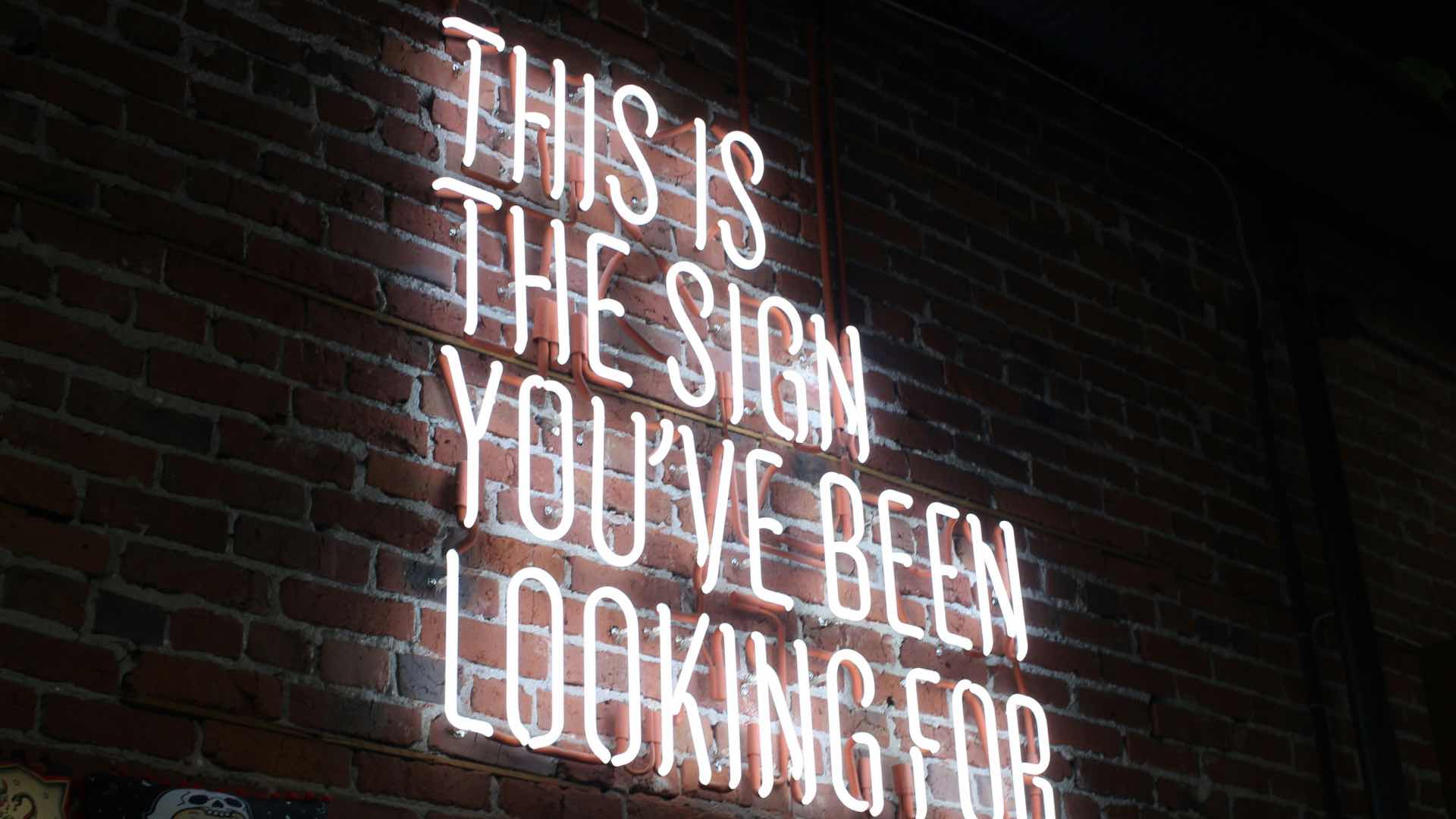Introduction
In the world of design, there has always been a debate between minimalism and maximalism. Both approaches have their merits and appeal to different individuals and industries. Minimalism advocates for simplicity clean lines and a focus on essential elements while maximalism embraces an abundance of complexity and a bold use of patterns and colors. Both styles bring unique characteristics to the table, reflecting the designers' intent to convey messages, evoke emotions, and create visually appealing content. Finding a balance between these two design philosophies is crucial in modern design, especially in the realm of technology. As we navigate the delicate balance between minimalism and maximalism, it's crucial to understand the essence of each style, its applications, and how designers can blend elements to forge a harmonious and engaging visual language.
Delve deeper into it, read our article The Power of Simplicity: Embracing Minimalism in Design.
Minimalism in Modern Design.
Minimalism is characterized by its simplicity functionality and focus on essential elements. It promotes clean lines neutral color palettes and the removal of unnecessary clutter. Minimalist design is often associated with technology as it aligns with the principles of efficiency and usability. For instance, the iconic designs of Apple products exemplify minimalism with their sleek and minimalist aesthetics. Minimalism in technology design allows users to focus on the content and tasks at hand enhancing the overall user experience. The philosophy behind minimalism is rooted in achieving visual clarity, emphasizing functionality, and allowing the audience to engage with the core message without distraction. In modern design, minimalism is celebrated for its timeless elegance and ability to create a sense of calm and sophistication.

Maximalism in Modern Design.
On the other end of the spectrum, maximalism embraces abundance complexity, and a vibrant expression. Maximalist designs are characterized by bold colors, intricate patterns, diverse textures, and an amalgamation of various design elements. Maximalist design is often seen as a departure from minimalism with its emphasis on visual stimulation and self-expression. Unlike minimalism, maximalism revels in excess, aiming to captivate the viewer with a rich and immersive experience. Maximalist designs are often associated with a sense of opulence, energy, and an unapologetic celebration of diverse visual elements. In technology design maximalism can be observed in user interfaces that incorporate vibrant colors intricate details and a sense of playfulness. Maximalism in technology design aims to create an emotional connection with users evoking excitement and delight.
Finding Balance in Modern Design.
While minimalism and maximalism may seem like opposing design philosophies finding a balance between the two is essential in modern design. Striking this balance allows designers to create visually appealing and functional products that cater to a wide range of users. By incorporating elements from both minimalism and maximalism designers can create a harmonious blend of simplicity and complexity achieving a visually interesting yet user-friendly design. The challenge lies in fusing the simplicity of minimalism with the vibrancy of maximalism, creating visually stimulating designs yet maintaining a sense of order and purpose.
1. Harmonizing Elements
Achieving balance involves carefully selecting elements from both styles. Minimalist layouts can serve as a foundation, providing a clean canvas for the integration of bold and expressive maximalist elements. This harmonizing of styles allows designers to communicate a clear message while infusing vitality and personality into their creations.
2. Color Palette and Contrast
Minimalist designs often feature a limited color palette, while maximalism embraces a diverse range of hues. Finding a middle ground involves selecting a refined color scheme that introduces vibrancy without overwhelming the viewer. Strategic use of color contrast can enhance visual interest without compromising the overall design's simplicity.
3. Typography and Space
Typography plays a pivotal role in striking the right balance. Minimalist designs often employ clean, sans-serif fonts, while maximalist designs may experiment with ornate scripts and expressive letterforms. Balancing typography involves choosing fonts that complement each other, creating a cohesive visual hierarchy that guides the viewer through the design. Delve deeper into it, read our article The Ultimate Guide to Typography: How Fonts Affect Your Design.
4. Attention to Detail
Both styles demand a keen eye for detail. Minimalism encourages precision and subtlety, while maximalism celebrates intricate details and embellishments. Balancing these elements requires a thoughtful approach to detail, ensuring that each nuance contributes to the overall aesthetic without causing visual clutter.

The Importance of Balance.
Achieving balance in modern design is crucial for several reasons. Firstly it ensures that the design is visually engaging without overwhelming the user. A design that is too minimalist may appear bland and fail to capture the user's attention while an overly maximalist design can be visually chaotic and confusing. Secondly, balance contributes to the overall usability and functionality of the design. By carefully selecting and incorporating elements from minimalism and maximalism designers can create intuitive interfaces that are both aesthetically pleasing and easy to use.
Conclusion.
The debate between minimalism and maximalism in modern design is ongoing. In the ever-evolving landscape of modern design, the interplay between minimalism and maximalism offers designers a vast playground for creativity. Striking the right balance involves a nuanced understanding of each style's principles and a willingness to experiment. By harmonizing the simplicity of minimalism with the vitality of maximalism, designers can create visually stunning and engaging content that resonates with diverse audiences.




